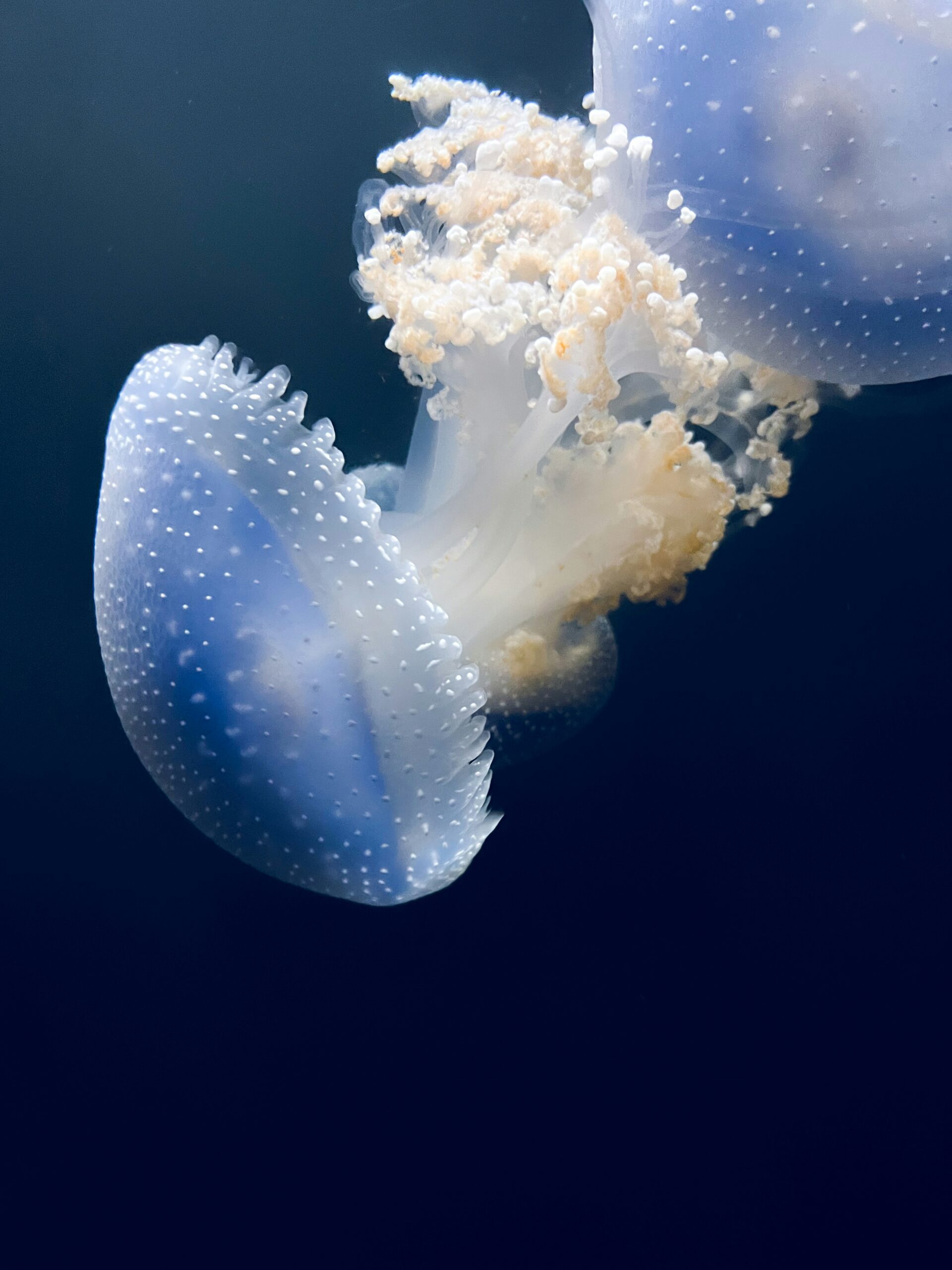Pre-historic Animals That Still Roam the Earth
Do we have pre-historic animals that still roam the Earth? Read on to learn more about them.

Photo by Nice M Nshuti on Unsplash
Do we have pre-historic animals that still roam the Earth? Some animals seem out of place at first glance. Sometimes that can be chalked up to the limits of imagination, but other times it’s because the animal in question truly is from an era so distant it might as well have taken place on an alien planet.
The history of life on Earth stretches further back than the history of humanity, and the number of creatures that were around hundreds of millions of years ago that still coexist with us today might surprise you. From the usual crustacean suspects to cute and cuddly creatures with a surprisingly deep past, these animals are much more resilient than you might think.
Read on to learn about some of the pre-historic animals that still share our world today.
The Coelacanth
One of the most famous examples of a prehistoric animal that still exists today is the Coelacanth. This fish was thought to have gone extinct around 66 million years ago, but in 1938, a living specimen was discovered off the coast of South Africa.
The Coelacanth is often referred to as a “living fossil” because its body structure has remained virtually unchanged for millions of years. Its lobed fins and unique breathing system provides a fascinating glimpse into the past.
Horseshoe Crabs
Another ancient creature that still roams the Earth is the Horseshoe Crab. These creatures have been around for over 450 million years, surviving multiple mass extinctions.
Despite their name, Horseshoe Crabs are not actually crabs but belong to a separate group of arthropods. They play a vital role in the ecosystem as their eggs provide an essential food source for migratory shorebirds. Horseshoe Crabs have a hard exoskeleton and a unique blue blood that is used in medical research.
Tuatara
The Tuatara is a reptile native to New Zealand and is often referred to as a “living fossil” due to its ancient lineage. These reptiles have been around for over 200 million years and are the only surviving members of their order.
Tuataras have a unique third eye on the top of their head, which helps regulate their body temperature.
Despite their prehistoric origins, Tuataras have managed to adapt and survive in their changing environment.
Nautilus
The Nautilus is a marine mollusk that has been around for over 500 million years. These creatures are often compared to a living fossil because their shell design has remained relatively unchanged for millions of years.
Nautiluses are known for their spiral-shaped shells and tentacles, which they use to catch prey. They inhabit the deep sea and are considered a primitive relative of squids and octopuses.
Giant Tortoises
Giant Tortoises are another example of prehistoric animals that still exist today. These reptiles have been around for over 100 million years and can live for well over a century.
These tortoises are known for their large size and slow movement. They are found on various islands around the world and have become iconic symbols of longevity and resilience.
While many prehistoric creatures have gone extinct over the course of millions of years, there are still a few resilient survivors that continue to roam the Earth. The Coelacanth, Horseshoe Crabs, Tuatara, Nautilus, and Giant Tortoises are just a few examples of these ancient animals that have managed to adapt and thrive in our modern world.
Their existence is a testament to the incredible resilience and longevity of life on Earth.









